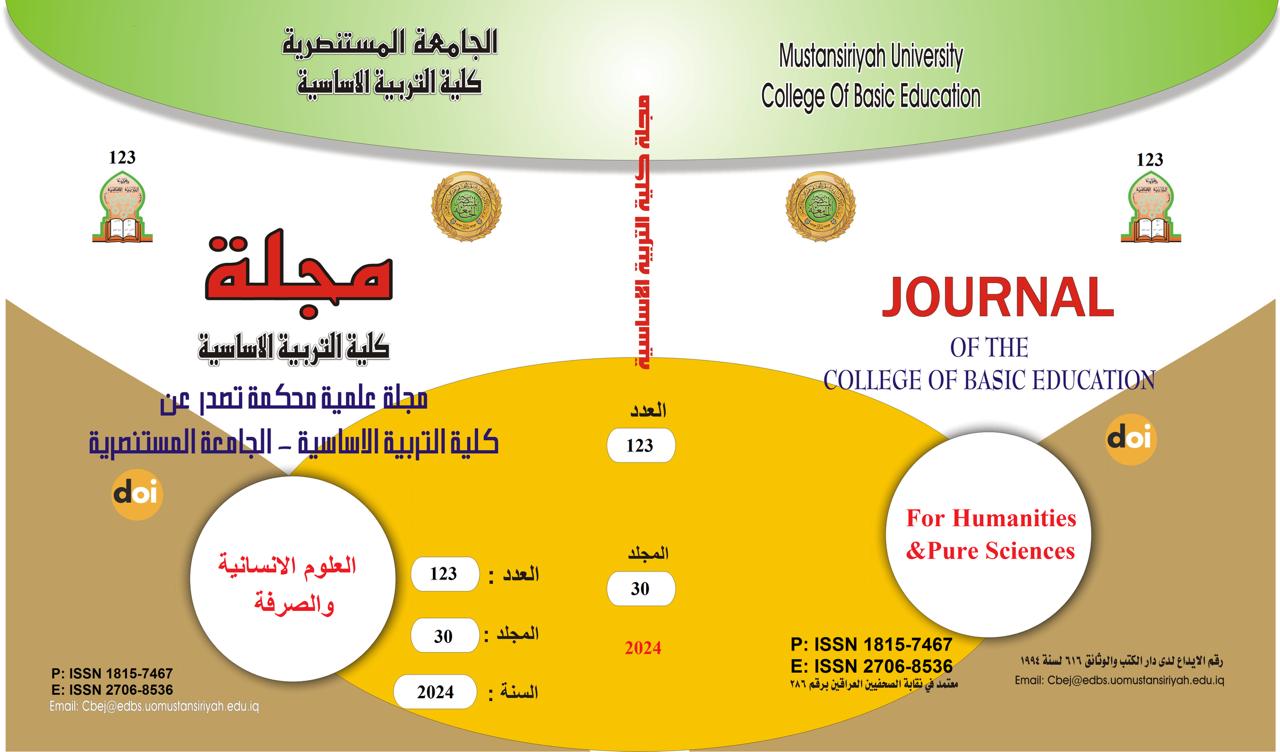Determination of Activity Concentrations and Internal Dose Assessments in Urine from Workers in Iraqi Nuclear Research Center, Iraq
Main Article Content
Abstract
To detect tritium levels in the human body, tritium in the urine must be measured. The investigation of the level of tritium activity in the urine of workers of the Iraqi Nuclear Research Center (INRC) has been realized in order to assess vocational exposure levels. Three worker groups in INRCs were chosen, involved in the Central Laboratories Directorate (CLD), the Decommissioning Directorate (DD), and the Radioactive Waste Treatment and Radioactive Waste Store Directorate (WTWSD), among others in Al-Tuwiatha site, in addition to the control group, as the research targets. Tritium concentration was determined in urine samples from 52 workers (aged 32-61) and 13 control people (aged 30-58). 65 urine samples of 50 mL were collected and analyzed. The Eichrom's Tritium Column way was used to handle the samples of urine, and the distillate tritium activity concentration was then assessed using Liquid Scintillation Counter. The effective and annual effective doses were estimated for the internal doses. The accuracy of urine sample measurements had been tested. The highest level of tritium activity samples of urine from three groups of workers in INRCs is 65.401 Bq/L, and for control group is 39.300 Bq/L, activity of tritium concentrations estimated by using counting scintillation of liquid (LSC) were found to be lower than Minimum Detectable Activity (MDA) of 1.95 Bq/L. The effective and annual effective dose from tritium was also assessed depend on results measured previously and standard values adapted by the International Commission on Radiological Protection. The effective highest doses for workers groups and control group were 497.048 ×10-3 and 298.680×10-3 nSv respectively. Highest annual effective dose 5757.773×10-3 and 5167.042×10-3 nSv respectively. These results were lowest than the allowed effective dose for the workers.
Article Details

This work is licensed under a Creative Commons Attribution-ShareAlike 4.0 International License.
